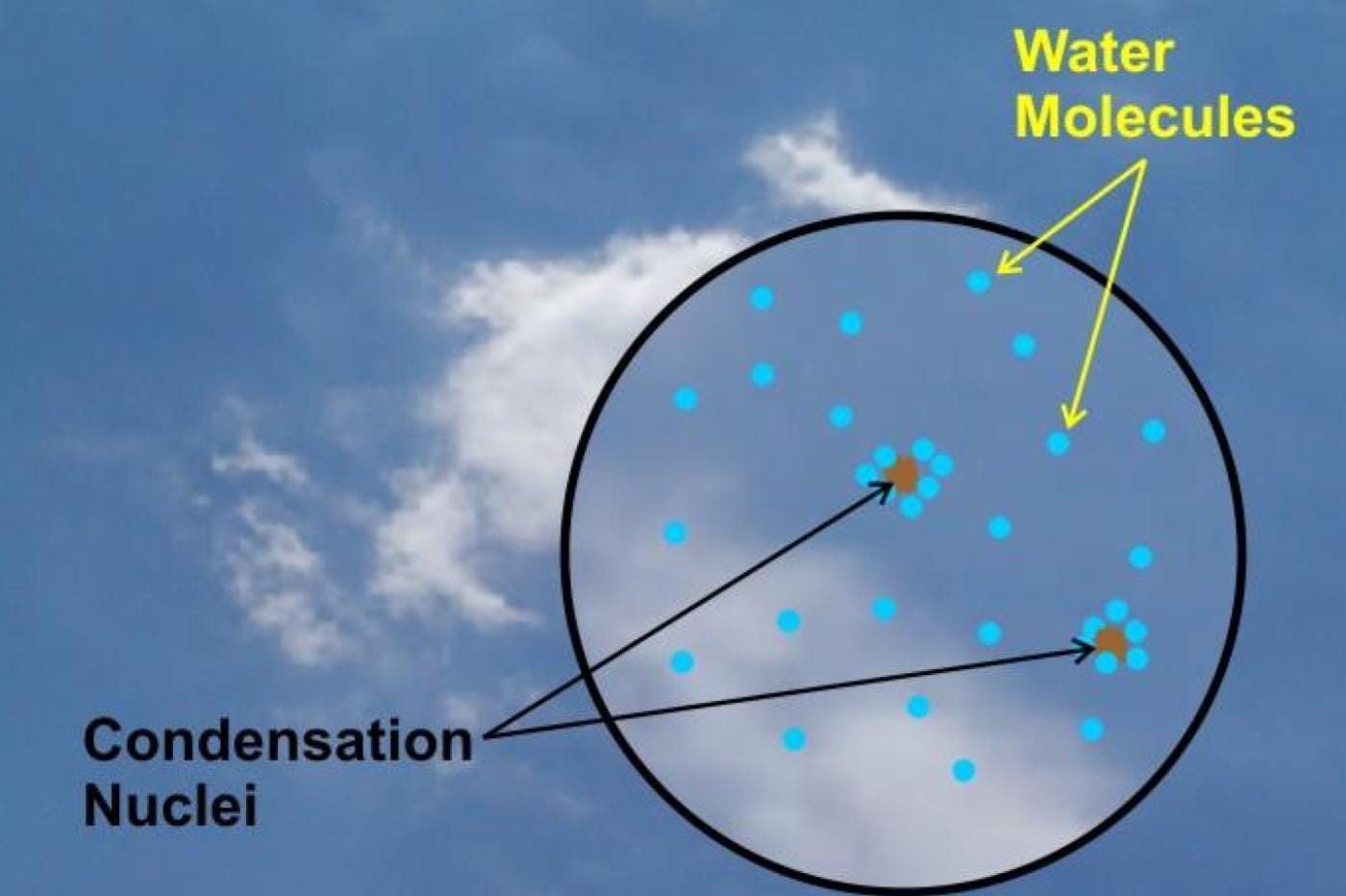We might have heard of aerosols in a busy moving world at least once in our lives. Despite their small size, they have a huge impact on our lives. This week's issue will help us understand what these aerosols are and how they play a role on the world stage.
What are they?
Aerosols are tiny particles or liquid droplets suspended in air. Our atmosphere is mainly made up of gases and particulate matter generally called PM. These particulate matter are not visible to us in the air owing to their size. These are very minute solid particles and liquid droplets. Since they have less mass, they float (suspend) in the air without falling into the ground. A perfect example of this can be room freshener, when we spray it in the air tiny droplets of spraying liquid get suspended in the air. These aerosols vary in size and their properties depend on their sizes.
How to classify them?
The particulate matter in air aka aerosols come in different sizes and they are classified based on their size.
PM2.5, Fine particles: These are very, very small particles that have a diameter of less than 2.5 micrometers.
PM10, Coarse particles: These particles have a diameter between 2.5 to 10 micrometers.
What are its origins?
Aerosols originate naturally as well as anthropogenically.
Natural Sources:
Forest fires: During forest fires smoke and burnt carbon get suspended in the air.
Seaspray: Small droplets of water and other particles from the ocean get suspended in the air due to oceanic waves.
Mineral dust: The wind lifts dust and dry soil from the desert and dry lands introducing it to the upper atmosphere.
Volcanoes: Volcanic eruptions release ash and sulfur dioxide into the atmosphere which forms aerosols.
Vegetations: Certain plants and trees release certain chemicals and water through chemical reactions into the air which forms aerosols.
Anthropogenic sources:
Industrial emissions: Pollutants emitted from industrial operations.
Vehicle emissions: Particulate matters from the vehicle exhaust.
Urban Smog: Pollutants from various urban activities.
Agricultural activities: Pesticides, fertilizers, etc.
How do they affect our lives?
On climate,
Earth's climate is influenced by several factors. The aerosols serve a complex role in it. Their effects are clubbed into two major groups direct effects and indirect effects. These effects are because aerosols can form clouds in the atmosphere.
The direct effect is that the particulate matter absorbs sunlight or scatters it back. The aerosols and the clouds formed by them scatter 25% of the sunlight back into space. This makes less sunlight fall on the ground and provides a cooling effect.
The indirect effect depends on how aerosols affect clouds. We must know that for a cloud to form we need two main things that are water vapors and aerosols. When water vapors in our atmosphere get cooled, they condense into a liquid phase and form a cloud droplet, and these aerosols provide surface area to undergo condensation. So, aerosols act like a surface on which the water vapor condenses.

On health,
The health effects of aerosols are directly related to their sizes. The particles of the size 10-100 micrometers can be inhaled and can be filtered through mucus membranes of the human respiration system. Particles above 100 micrometers are too large to be inhaled. So, particles less than 10 micrometers are inhalable. Inhalable coarse particles are PM10 particles. These particles are usually deposited in the nose and parts of the respiratory tube.
The fine particles i.e. PM2.5 are typically found in smog and smoke and can travel up to our lungs and deposit in various parts of our lungs. A number of health risks such as asthma, difficulty in breathing, and heart and lung disease are linked to inhalation of these particles.
You might have seen PM10 and PM2.5 in air quality indexes earlier and now you know what they mean and why they are useful. So, this is about aerosols that bring rain, cool the earth, and cause pollution at the same time.









